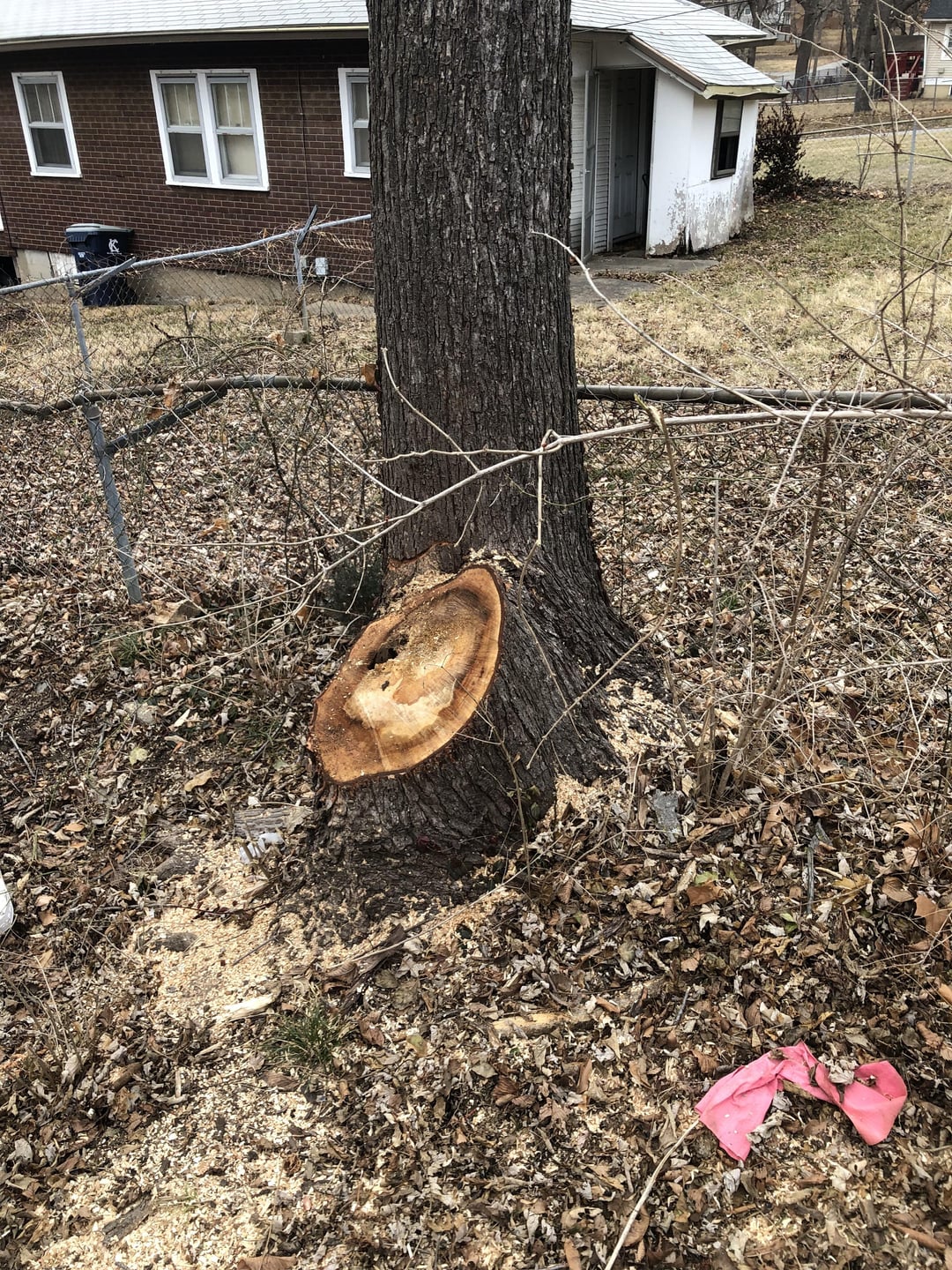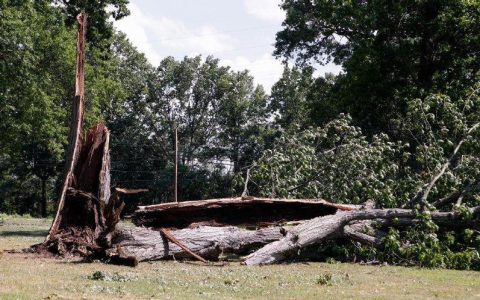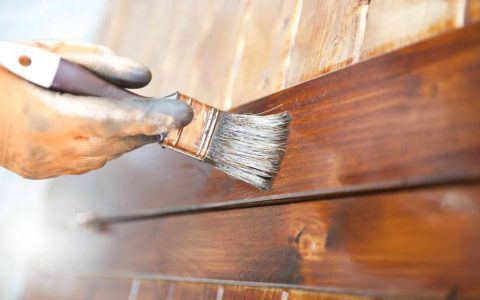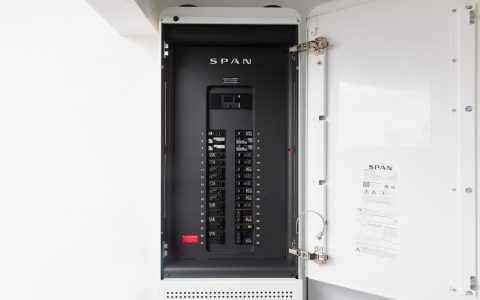Tordon's Impact on Non-Target Vegetation
Tordon is a potent systemic herbicide, primarily known for its active ingredient picloram, often combined with 2,4-D. It is highly effective for controlling a wide range of broadleaf weeds, brush, and unwanted trees. However, its efficacy and persistence in soil mean it can indeed kill or severely damage surrounding, non-target trees if not used with extreme caution.
Mechanisms of Unintended Tree Damage
The primary ways Tordon can harm or kill surrounding trees include:
- Root Uptake: Picloram is highly mobile and persistent in soil. The roots of desirable trees can extend far beyond their drip lines and absorb Tordon from treated soil, even if the herbicide was applied to a different plant some distance away. This is the most common cause of non-target tree damage.
- Spray Drift: During application, especially foliar sprays, wind can carry Tordon droplets onto the leaves, green stems, or exposed roots of nearby trees, leading to absorption and injury.
- Soil Leaching and Runoff: Tordon can move downwards through the soil profile (leaching) or across the soil surface with rainwater or irrigation (runoff), contaminating areas where roots of non-target trees are present.
- Root Grafting: In some instances, the roots of a treated tree or stump may be naturally grafted to the roots of an adjacent, untreated tree, allowing the herbicide to transfer directly.
Factors Influencing Susceptibility and Damage Severity
Several factors determine the likelihood and severity of damage to surrounding trees:

- Proximity to Treated Area: The closer a non-target tree is to the application site, the higher the risk. Remember that tree root systems can be extensive.
- Herbicide Formulation and Rate: Different Tordon products have varying concentrations of active ingredients. Higher application rates significantly increase the risk of off-target damage.
- Soil Type: Tordon is more mobile in sandy, coarse-textured soils with low organic matter, allowing it to move more freely to non-target roots. Clay soils or soils high in organic matter tend to bind the herbicide more, reducing its mobility but extending its persistence.
- Rainfall and Irrigation: Significant rainfall or irrigation shortly after application can increase soil movement of the herbicide.
- Tree Species and Health: Some tree species are more sensitive to picloram than others. Stressed or unhealthy trees may be more susceptible to herbicide injury.
- Application Method: While methods like cut-stump or injection are more targeted, over-application or spillage can still contaminate the soil. Foliar sprays carry a high risk of drift.
Recognizing Tordon Injury Symptoms in Trees
Symptoms of Tordon damage in trees can be slow to appear, sometimes taking weeks or months, or even until the next growing season. Common symptoms include:
- Leaf cupping, twisting, curling, or abnormal elongation (epinasty).
- Yellowing (chlorosis) of leaves, often starting at the margins or between veins.
- Stunted new growth, or dieback of twigs and branches.
- Needle drop in conifers.
- Swelling or cracking of stems or bark.
- In severe cases, gradual decline and eventual death of the tree.
Minimizing Risk to Non-Target Trees
Strict adherence to the product label instructions is absolutely critical. The label is a legal document and provides specific guidance on application rates, methods, buffer zones, and environmental precautions.
Key preventive measures include:
- Identify Root Zones: Understand that the root zone of desirable trees can extend two to three times the width of the tree's canopy. Avoid applying Tordon within these areas.
- Use Targeted Application Methods: When possible, use methods like cut-surface treatments (frill, girdle, injection, or cut stump) precisely according to label directions to minimize soil contamination. Avoid soil applications near desirable trees.
- Monitor Weather Conditions: Do not apply Tordon during windy conditions (to prevent spray drift) or when heavy rain is forecast (to prevent runoff and excessive leaching).
- Avoid Over-Application: Use the lowest effective rate specified on the label for the target species. Mixing and application equipment must be accurately calibrated.
- Consider Alternatives: In areas close to valuable trees or sensitive environments, consider mechanical removal or using herbicides with lower soil mobility and persistence.
Many Tordon formulations are Restricted Use Pesticides due to their potential for off-target damage and environmental persistence. This means they can only be purchased and applied by certified applicators or individuals under their direct supervision. Always consult the specific product label for detailed warnings and use directions before considering Tordon.








